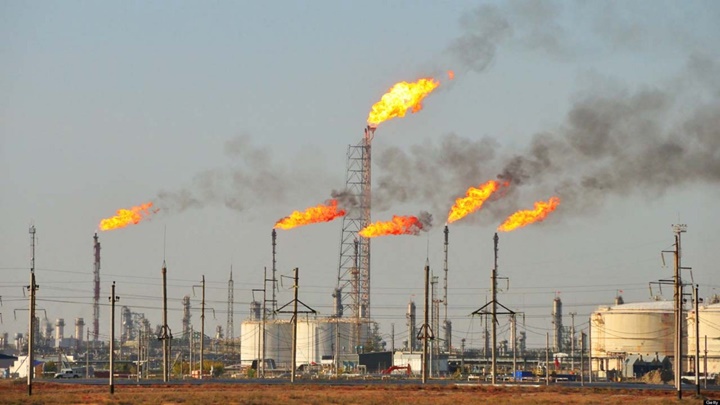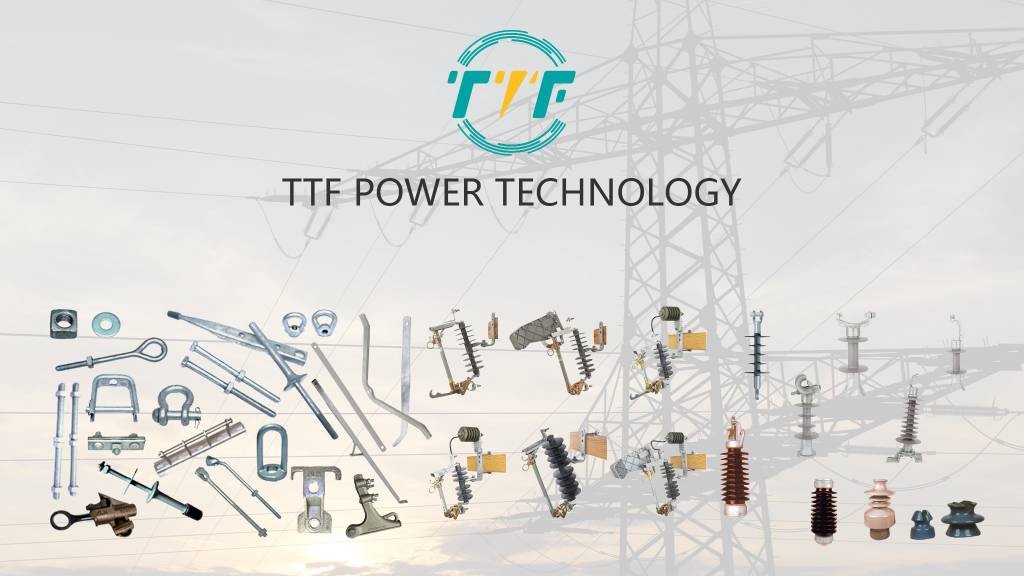
The Pampas area in Argentina is located above the Vaca Muerta, the geological structure housing the most abundant oil and gas reserves. It holds natural gas, which is a cost-effective and versatile energy source. The ongoing use and production of natural gas hinders the embrace of renewable energy. Gas accounts for approximately one-fourth of global electricity use and handles around one-fifth of the world’s greenhouse gas emissions related to energy consumption.This raises the question, is natural gas valuable? Natural gas can be utilized to fuel turbines for generating renewable energy. Natural gas and renewables can coexist and be utilized together to maintain low emissions. Reinforcing plates can enhance the durability of pipeline connections, valves, or junctions where mechanical stress may compromise the system’s integrity. This renders it an essential element in the production of natural gas in Argentina’s gas fields.
High-performance reinforcing plates function in pipeline systems in high-pressure gas transportation and distribution networks. Argentina’s natural gas pipelines operate under high pressure. Reinforcing plates are welded or bolted around weak points to prevent leaks. They mitigate metal fatigue to extend the pipeline’s lifespan. Reinforcing plates ensure compliance with safety requirements for high-stress zones. High-quality reinforcing plates are crucial for maintaining infrastructure reliability in high-pressure transport systems. They are made from carbon steel or stainless steel to match pipeline specifications.
Reinforcing plates and their components used in Argentina’s natural gas production
Reinforcing plates are structural components welded around an opening in a pressure vessel or pipeline. They strengthen the area around the opening to withstand internal pressure and mechanical stress. They prevent failures like cracking, buckling, or leakage. Reinforcing plates support shale gas extraction in Vaca Muerta for LNG exports. Here are the key roles of reinforcing plates in natural gas production.

- Pipeline branching and connection support – Argentina uses pipeline networks from Vaca Muerta. The use of reinforcing plates strengthens the connections to prevent rupture. They also allow safer integration of measurement devices and ensure structural integrity in high-pressure zones.
- Enhancing safety – Reinforcing plates prevent gas leaks, reduce metal fatigue, and extend the lifespan of critical infrastructure. This is due to the nature of natural gas extraction, compression, and transportation.
- Resilience in harsh environments – the plates are crucial where infrastructure faces temperature fluctuations, seismic activity, and soil movement. Reinforcing plates prevent operational downtime and emergency repairs in challenging conditions.
- Supporting modernization and expansion projects – reinforcing plates function more in modular skids, compression stations, and metering stations.
Development of infrastructure for natural gas extraction in Argentina
Argentina’s natural gas output requires much investments in infrastructure. This encompasses pipelines and facilities for LNG. Natural gas production encompasses the efficient and safe transportation, processing, and storage of gas. Infrastructure advancement is vital for increasing production, minimizing dependence on imports, improving export potential, and drawing in foreign investment. Reinforcing plates improve the formation of the infrastructure required for natural gas extraction. The main infrastructure initiatives consist of:

- Nestor Kirchner gas pipeline – this pipeline is essential for transporting natural gas from Vaca Muerta to areas of consumption. This aids in decreasing dependence on expensive LNG imports and enhances domestic distribution.
- Reversing the northern gas pipeline – this intends to change the pipeline’s direction to enable gas from Vaca Muerta to flow to the northern provinces. It allows Argentina to substitute imports with local gas in the north to broaden market access.
- The nation intends to construct LNG liquefaction facilities close to the Coast for exporting liquefied natural gas. This will enable Argentina to access the worldwide LNG market, focusing on Europe and Asia.
- Compressor stations and processing plants – the nation is also allocating funds to enhance compressor facilities and gas processing plants to accommodate higher volumes. The facilities guarantee that gas supplied to homes meets international quality standards.
Effects of natural gas extraction on Argentina’s energy industry
The rise in natural gas production is significantly changing Argentina’s energy industry. Natural gas is driving industrial expansion, enhancing exports, generating jobs, and establishing the nation as a regional energy leader. Natural gas is aiding Argentina in its move towards energy independence, lowering energy expenses, enhancing export capabilities, and facilitating energy transition. In spite of these benefits, there are difficulties such as infrastructure deficits, regulatory and political uncertainty, and environmental advocacy. Reinforcing plates are essential elements in increasing Argentina’s natural gas output. It contributes to enhancing energy security, stability, and economic development.